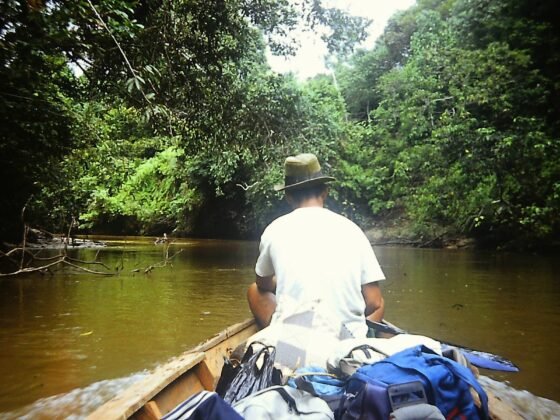Kayaking is a great water sport that will give you plenty of exercise. But before heading out to your kayaking adventure, it is important to consider a few things. It requires a deep knowledge of basic skills that will keep you safe as you enjoy this action-packed sport. Whether you go for seawater kayaking, flat water kayaking, or whitewater kayaking, it is important for you to understand them before getting into the water for your first time.
Taking up a new hobby is not only intimidating but also confusing. In kayaking, there are so many things to consider even before leaving for your trip. This includes learning the proper attire, equipment care, paddling techniques, and so much more. But the good news is that it is relatively easy to pick up this skill set. Follow the tips below to get the most out of your kayaking experience:
1. Sign Up For a Beginners’ Class
This is the most appropriate place to begin. It may seem like a waste of time, but a comprehensive beginners’ class will equip you with all the essential skills you need. You will get expert advice on how to paddle and stay centered, as well as what to do in case you capsize.
Not only does will such training teach you these important safety techniques, but it will also save you a lot of time. Ensure that you put what you learn into practice before heading out on your adventure.
2. Carry the Right Equipment
In general, your kayaking gear will include your helmet, kayak, paddles, life jacket for kayaking, and even the clothes you wear. It is important for you to select attire that is suitable for the water conditions you will be in, and not necessarily for the weather. That’s because, sometimes, the water temperature is not the same as the air temperature.
It is also advisable to have sturdy waterproof cases that you can use to store your clothing and electronics. This will protect them from water damage if you fall in. You should also pack an extra set of clothes in case you need to change.
If you’re planning a multi-day kayak trip, finding a suitable tent that’s easy to transport is essential. Mulit-day kayak trips are a whole lot of fun, enabling you to go further and really experience true wilderness off the beaten track.
3. Select the Right Kayak
Because there are several forms of kayaking, there is also a wide variety of boats available. For a beginner, that many options can be confusing. But it is important to know which boat will suit your situation in the best way possible.
A sit-on-top kayak is recommended for beginners because it offers more ease of paddling and stability. It is also important to consider your sitting posture. This is because maintaining good posture will make it easier for you to paddle and prevent your kayak from swaying.
4. Learn River Language
This is a series of gestures and hand signals that make it easier for kayakers to communicate with each other. This is especially important if you are kayaking in a group. The noise from the rapids can be very distracting and hinder communication through speech. Therefore, reviewing these simple signals will make it possible for you to understand others and their movement patterns.
5. Safety Above All
When on a kayaking trip, your first priority should be your own safety. As a beginner, you should not rely on the experience and skills of others in a dangerous situation. It is important to know how you can rescue yourself first and assume that other paddlers have less experience than you. This is because you need to rescue yourself first before you can rescue others.
In any dangerous situation, always remember that your fellow kayakers are more important than your equipment. Do not let the panic make you forget that they can be replaced. Value your own safety, then the safety of others.












